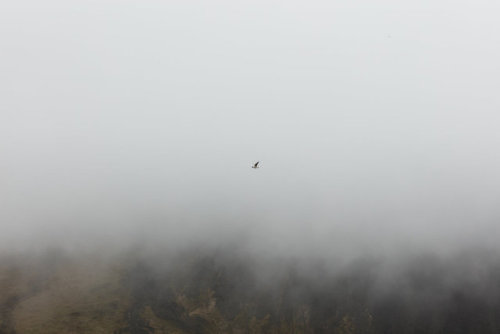culturenlifestyle:Ethereal & Minimalist Landscapes of Iceland by Aniruddha Satam in Faune Magazi
culturenlifestyle:Ethereal & Minimalist Landscapes of Iceland by Aniruddha Satam in Faune Magazine Keep readingAs much of Iceland was before settlement.“At the time of human settlement almost 1150 years ago, birch forest and woodland covered 25-40% of Iceland’s land area. The relatively tall (to 15 m) birch forests of sheltered valleys graded to birch and willow scrub toward the coast, on exposed sites and in wetland areas and to willow tundra at high elevations.As in agrarian societies everywhere, the settlers began by cutting down the forests to create fields and grazing land. Sheep were important as a source of wool from the outset, but by about 1300 they had become a staple source of food for Icelanders as well. At the same time, the Catholic Church (also the political power at the time) started obtaining woodland remnants, a clear indication that they had become valuable resources because of their increasing rarity. Sheep grazing prevented regeneration of the birchwoods after cutting and the area of woodland continued to decline. A cooling climate (the little ice age) is sometimes cited as a possible cause for woodland decline as are volcanic eruptions and other types of disturbance, but on closer inspection they can not explain the overall deforestation that took place. Cooling temperatures might have lowered tree line elevation, but they do not explain deforestation of the lowlands, where temperatures have been sufficient for birchwoods throughout historical times. Natural disturbance is sporadic and limited in area and thus cannot account for the permanent destruction of 95% of the original forest cover. In Iceland as elsewhere, regeneration failure due to livestock grazing is the principal cause of deforestation.“Source: the Icelandic Forestry Service -- source link
Tumblr Blog : photography.culturenlifestyle.com
#iceland#deforestation#animal husbandry#birch









